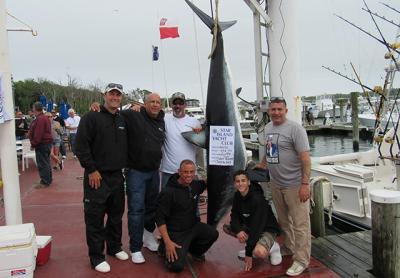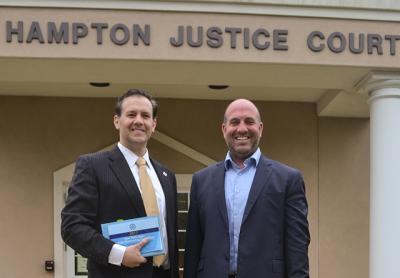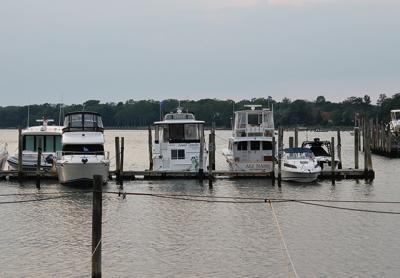Questions on Energy Storage Site
Questions on Energy Storage Site
A group of residents of the Cove Hollow and Dune Alpin area of East Hampton have until Wednesday to file written objections with the East Hampton Town Planning Board to a proposed East Hampton battery-cell facility that is intended to draw electricity at off-peak hours, then release it back into the local grid when needed.
At a planning board meeting on June 7, at which the board was reviewing the facility’s site plan, it was reported that the energy stored there on racks of lithium-ion batteries would be able to power 4,000 buildings for up to 8 hours. However, several neighbors expressed concern, if not outright alarm, at the proposal.
“Can they explode?” Kathy Marino asked. “Can they catch on fire? In the event they do, can we handle it?”
The questions caused Job Potter, the board’s chairman, to seek answers from Ross Groffman, executive director of NextEra Energy Resources, which is to install the facility, as well as an engineer with the firm, Ryan McMorrow.
Mr. McMorrow explained that each of the battery cells would automatically go offline if there was any deviation in internal temperature.
Ms. Marino asked what would happen if something went wrong during a hurricane, when Route 27 might be impassible. “There’s preparedness,” Mr. Groffman said, comparing it to what any homeowner goes through before a storm hits.
A repeated concern of the many residents who spoke at the meeting was the potential decrease in the value of their properties. Nina Hakami said she had bought her house, at 23 Horseshoe Drive in the Dune Alpin subdivision, two and a half years ago. “If I knew this project would happen I would never have purchased the house,” she said.
Mr. Potter assured those in the audience that the board had gone over each point of the proposal meticulously with the applicant. Diana Weir, a board member, encouraged those who wanted a better understanding of the issue to watch planning board sessions at which it was discussed over the past eight months on LTV, which has video available online, going back several years.









